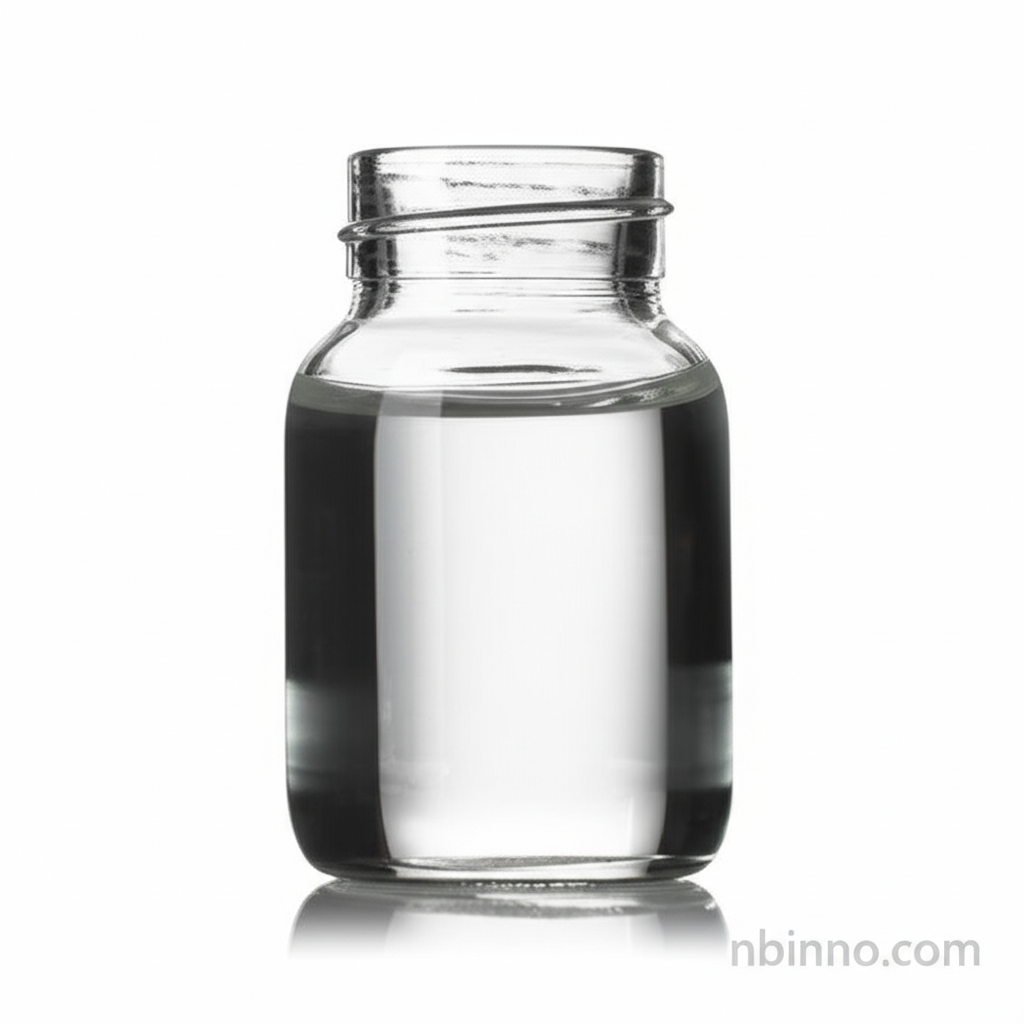Dibutoxymethane (CAS 2568-90-3): Properties, Applications, and Role as a Fine Chemical Intermediate
Discover the key attributes and diverse uses of Dibutoxymethane (CAS 2568-90-3), a vital fine chemical intermediate. Learn why it's an excellent choice for various industrial applications and its potential as a sustainable solvent solution.
Get a Quote & SampleProduct Core Value

Dibutoxymethane
Dibutoxymethane, also known as Butylal or Formaldehyde Dibutyl Acetal, is a highly versatile fine chemical intermediate. It is recognized for its excellent solvency properties and its potential to replace traditional chlorinated solvents in various cleaning and formulation applications. As a reliable supplier in China, we offer high-purity Dibutoxymethane (CAS 2568-90-3) to meet diverse industrial needs.
- Understanding Dibutoxymethane properties reveals a clear, colorless liquid with a fruity aroma, making it appealing for certain formulations.
- Exploring Dibutoxymethane applications highlights its use as a solvent, cleaner, degreaser, and a chain transfer reagent in polymer synthesis.
- Dibutoxymethane CAS 2568-90-3 is a key intermediate in various chemical synthesis pathways, offering unique reactivity for manufacturers.
- The role of Dibutoxymethane as a fine chemical intermediate is crucial for industries seeking efficient and effective chemical building blocks.
Product Advantages
Environmental Friendliness
As a replacement for chlorinated solvents, Dibutoxymethane offers a more environmentally conscious alternative, aligning with sustainable manufacturing practices. This aspect is vital when considering fine chemical intermediates manufacturing.
Versatile Solvent Capabilities
Its effectiveness as a solvent and degreaser makes it suitable for a wide range of cleaning formulations and industrial processes, contributing to efficient operations. This highlights the importance of specialty chemical applications.
Chemical Synthesis Utility
The molecule's structure and reactivity make it a valuable chain transfer reagent and intermediate in organic synthesis, supporting complex chemical reactions. This is crucial for chemical synthesis reagents.
Key Applications
Industrial Cleaning
Dibutoxymethane serves as an effective component in cleaners and degreasers, offering a safer alternative to traditional solvents. This is a key area in industrial cleaning solutions.
Chemical Synthesis
As a fine chemical intermediate, it plays a critical role in synthesizing various organic compounds and polymers, supporting innovation in the chemical industry. This aligns with the demand for chemical intermediates sourcing.
Adhesives and Coatings
Its solvent properties make it a useful additive in the formulation of adhesives and coatings, contributing to product performance and application ease.
Polymerization Processes
Dibutoxymethane acts as a chain transfer reagent in polymerization, helping to control molecular weight and polymer structure, which is essential for advanced materials.
